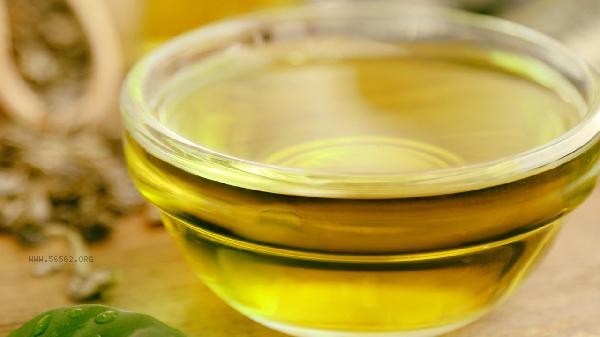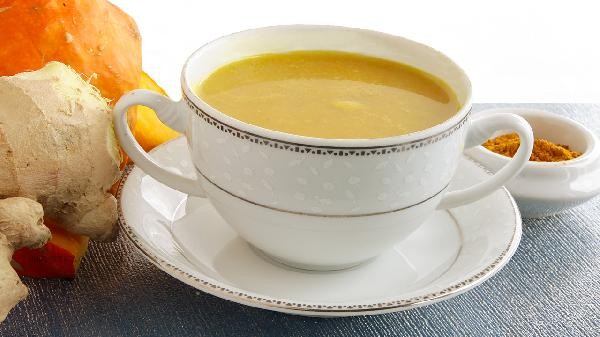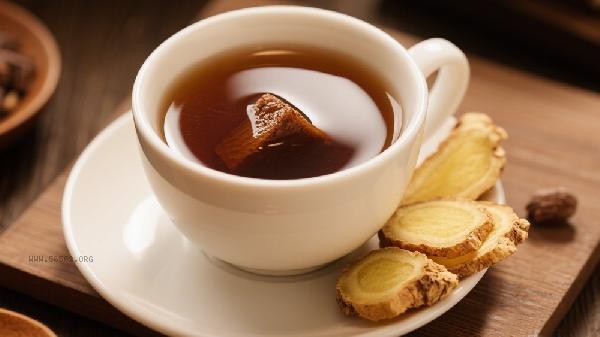The correct method for boiling ginger tea mainly includes five key steps: selecting fresh ginger, peeling and slicing it, controlling the heat, pairing with auxiliary materials, and drinking it at the right time.

1. Choose fresh ginger
to make ginger tea. Fresh ginger with smooth skin and tight texture is preferred. Old ginger with excessive spiciness may stimulate the gastrointestinal tract. When purchasing, avoid sprouting or wrinkling ginger chunks. Fresh ginger contains richer gingerols and volatile oils, which can better exert the effect of dispelling cold and warming the stomach. If stored for a long time, the surface oxidized and dried parts can be removed before use.
2. Peel and Slice
After washing ginger, it is recommended to remove the outer skin to reduce residual sediment and coarse fiber. Cut ginger into thin slices or filaments, with a thickness of 2-3 millimeters, as excessive thickness can lead to slow dissolution of active ingredients. After slicing, ginger slices can be lightly tapped with the back of a knife to break down the fiber structure and accelerate the release of gingerol, but should not be chopped to avoid excessive residue during cooking.
3. Control the heat
Add ginger slices under cold water and bring to a boil over high heat. Reduce the heat and simmer slowly for 10-15 minutes. To avoid excessive evaporation of volatile oil caused by continuous boiling, using a clay pot or glass pot is more conducive to maintaining a constant temperature. When the soup appears light amber in color and emits a strong ginger aroma, turn off the heat. Prolonged cooking can make the tea too spicy and lose its active ingredients.

4. Auxiliary materials
According to physical needs, brown sugar, red dates, goji berries and other auxiliary materials can be added. Brown sugar should be added 5 minutes before turning off the heat to fully melt. For red dates, it is recommended to remove the seeds and boil them with ginger. For goji berries, add them in the last 2 minutes. People with wind cold and cold can add a small amount of scallion white. For those with deficiency cold constitution, it is suitable to pair with longan. However, for those with yin deficiency and excessive heat, excessive warm ingredients should be avoided.
5. Drink ginger tea cooked in a timely manner. It is best to drink it while it is warm, 1-2 cups per day are recommended, and the effect is better when consumed on an empty stomach. In summer, you can choose to take it in the morning to help boost yang energy, and in winter, you can drink it in the afternoon to dispel coldness. The remaining ginger tea can be refrigerated and stored for 24 hours. When reheated, there is no need to boil it. Heat it over water to around 60 degrees Celsius to retain the active ingredients. As a traditional health drink, ginger tea should be consumed at a frequency adjusted according to the season. In summer, 3-4 times a week can prevent overheating, while in winter, it can be consumed daily but should not be taken continuously for more than two weeks. If you experience discomfort such as dry mouth and tongue after drinking, you can reduce the amount of ginger slices or pair them with cool ingredients such as chrysanthemums. Special populations such as pregnant women and patients with gastric ulcers should consult a physician before drinking, and children should take a small amount after dilution. When storing ginger in daily life, it can be wrapped in kitchen paper and placed in the vegetable and fruit compartment of the refrigerator to avoid freezing and affecting the taste due to fibrosis.









Comments (0)
Leave a Comment
No comments yet
Be the first to share your thoughts!